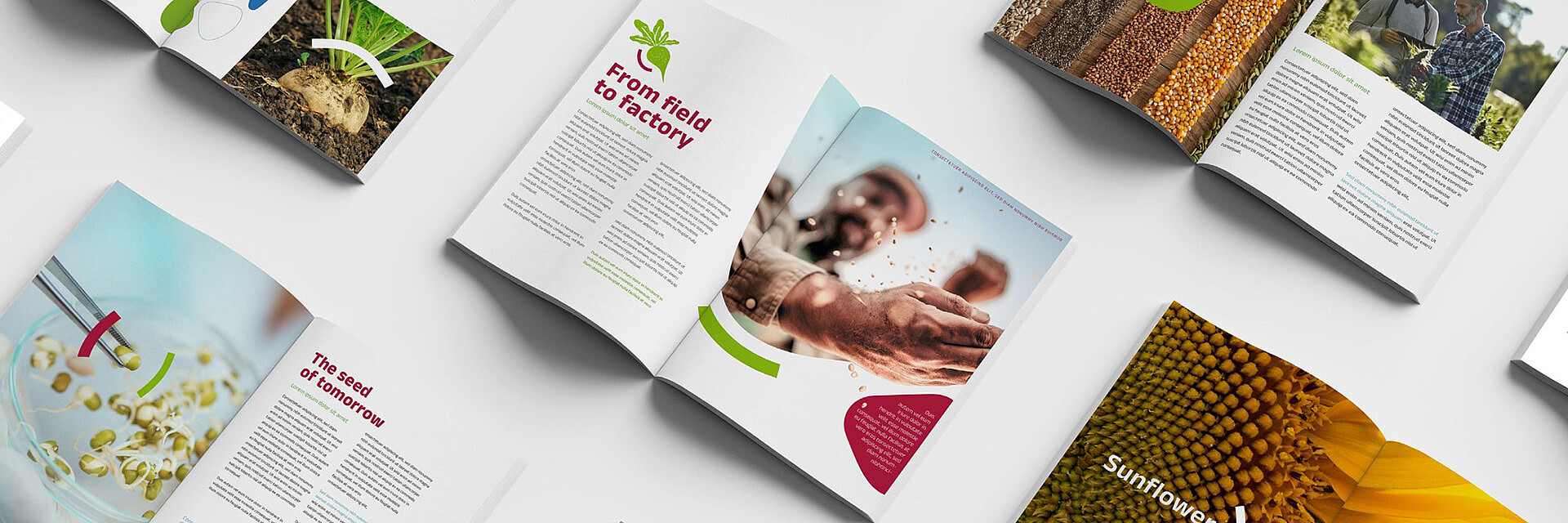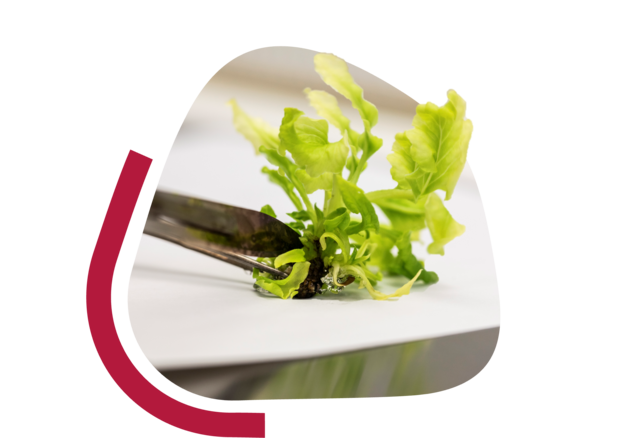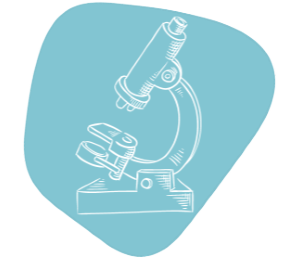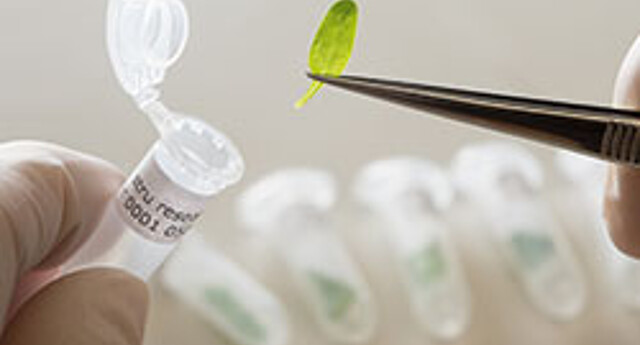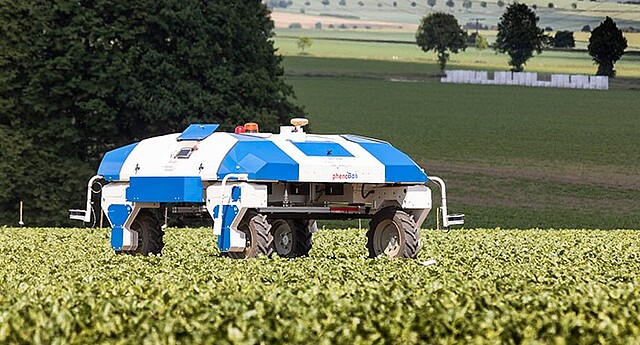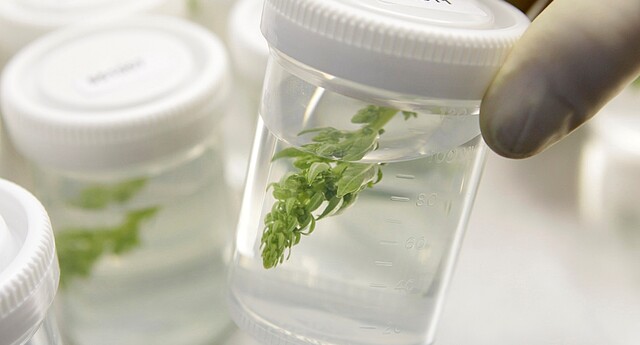Rosa Martínez-Arias, María Gabriela Ronquillo-López and Axel Schechert
Strube Research GmbH & Co. KG, 38838 Schlanstedt, Germany
In the important agronomic crop sugar beet, it is known that yield is highly influenced by seed germination and seedling vigour. Seeds that germinate earlier and grow faster could, under equal environmental conditions, have a competitive advantage.
Before the germinating seed embryo is able to initiate photosynthesis, it relies only on the stored oil, protein, and starch for energy and carbon. Especially oil seems to be the main energy supply required for successful germination and seedling development, especially under drought or other stress factors. Therefore, the amount of stored seed oils might have an impact on final crop yield.
In agriculture, NIRS is nowadays well established in the seed sector for determining protein, moisture, and oil content.
We aimed to establish an efficient near-infrared spectroscopy (NIRS) application to quantify oil in sugar beet seed. Very briefly, NIRS basically extracts data from electromagnetic radiation, by comparing NIR spectra with reference laboratory data. Sugar beet seed reflect and absorb NIR electromagnetic radiation depending, among other factors, on oil content. The NIRS technique is fast (few seconds per measurement), non-destructive and reagent-free.
At Strube Research GmbH & Co. KG, we use NIRS routinely to measure sugar content, mark, betaine and total soluble nitrogen in sugar beet pulp during harvest.
Now we extended our NIR applications to the seed area.
This might be a first step towards a better understanding of the role of the sugar beet seed energy sources in the later plant development, which we are currently further analyzing. This method might be therefore meaningful to support current sugar beet breeding programs and ultimately for farmers and the sugar industry.
Please find references and further information here: Full version of the article

